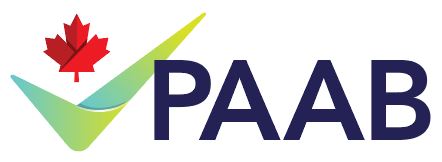225 - Hello, I work for a medical communications agency. We were given a restricted educational grant to develop a program which falls under the category (as per Rx&D) 'Other Learning Program'. It follows the CME guidelines but is not accredited. The program sponsor did not have any involvement with the development of the program content. It was developed by the steering committee of specialists. The program is unbiased in nature. Treatment options for the condition in question are mentioned but not the drugs themselves. The distribution of the program will be via a direct mailer to the target audience that drives the audience to a web site where the program is housed - sales representatives are not involved in the distribution. Please confirm if this requires review/approval from PAAB.
-
Based on the limited information you provided and the fact that we could not see the actual program, we provide the following guidance. Health Canada, the ultimate federal authority on advertising regulations, employs the Health Canada policy document "The Distinction Between Advertising and Other Activities" to distinguish between advertising and non-advertising. This policy document contains 7 factors which, when assessed objectively, help us determine whether the advertising regulations (including the PAAB code) apply to the materials in question. These factors relate to content, extent of influence, the audience, who delivers the message, whether it is sponsored, the message context, and frequency of distribution. This program appears to fall in the realm of HCP advertising (and thus requires PAAB review) as it exists due to pharma funding, it relates to drug therapy, it is disseminated to HCPs through a push system, AND the manufacturer appears to have had influence over the content or the creation process (as it was created through a restricted grant). Potential examples of influence include selection of the precise topic, scope of research, the committee members, writers and/or having review privileges. This document would be reviewed as an editorial under PAAB code section 7.6.
